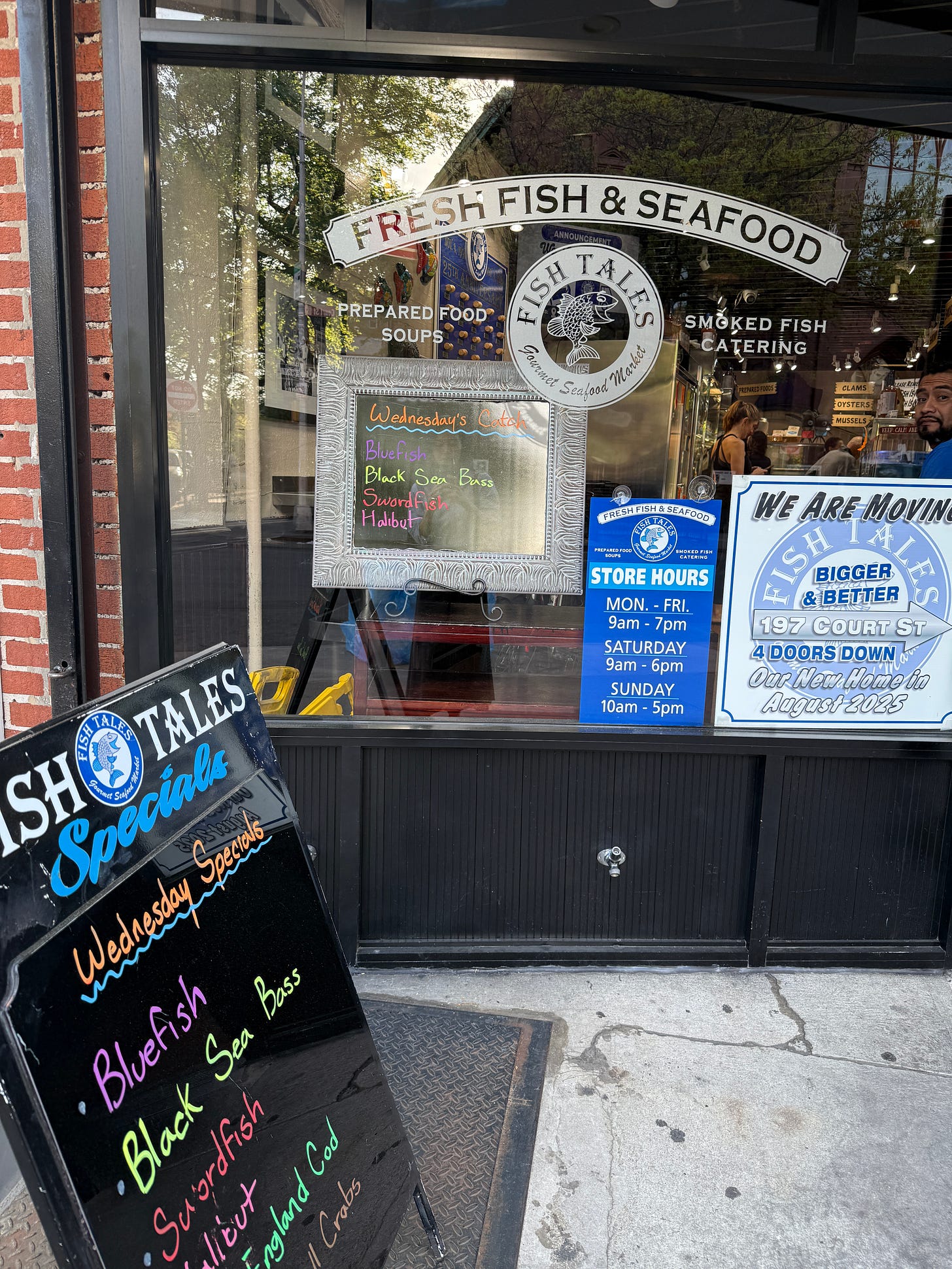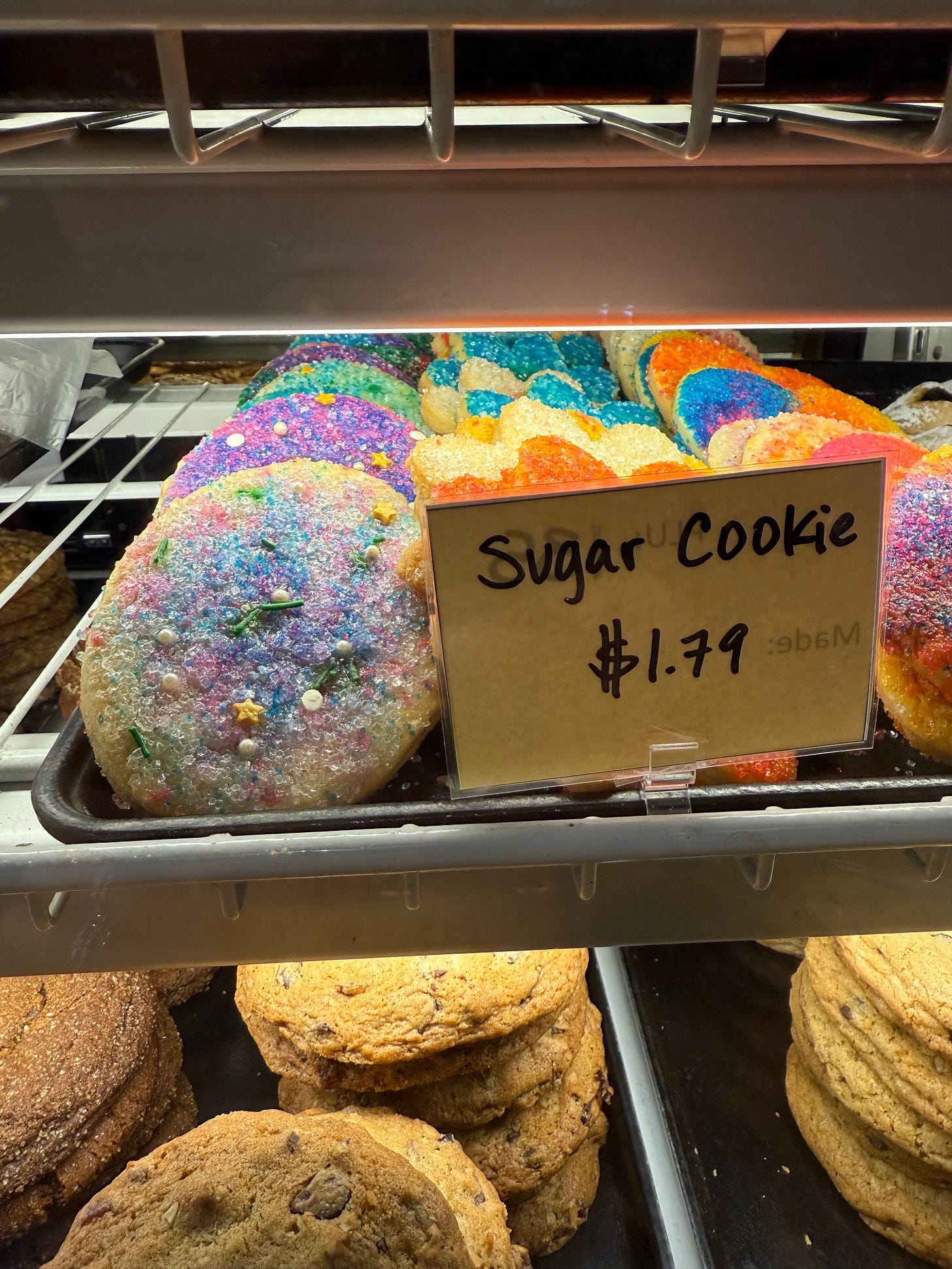New York has been absolutely beautiful these past two weeks, making the frantic running around of apartment hunting so much more bearable (there are only so many times you can see apartments that are either: 1) in need of a complete renovation; or 2) in the midst of a bidding war before you start questioning why you live here when you could, you know, maybe live in Vermont).
I have yet to attempt another castella recipe, but am back to record another recipe (of sorts) that is in my regular rotation so that someone else can cook it for me, for which I use my oven toaster (as it is called in Japan, I realized as I was googling various models that in English it is called a toaster oven). Given that the cherry blossoms have faded and we are entering cold smoothie and salad weather, the toaster oven is an especially useful tool. It is small enough that it doesn’t heat up the kitchen, and can also be left to do its thing so that you don’t need to be in the kitchen. This is also a preparation that I like to meal prep, as once you have marinated the fish, it can sit in the fridge until you are ready to put it in your toaster oven / oven toaster.
On the topic of oven toasters, I am curious which oven toaster people like? I use a Balmuda, which supposedly is especially effective at toasting bread because you can add water to create steam, but I have never used this function. It works fine for this fish recipe, but I often wish it were bigger, as it often does not fit the more impressive satsumaimo that I can find.
This marinade is a Japanese classic that is generally paired with ギンダラ(gindara), creating a dish called saikyoyaki, which wikipedia tells me is translated to sablefish, but also goes by other names including black cod, bluefish, butterfish, and coalfish1.
Bluefish at the local fish store! But somehow I think this likely refers to something else in the U.S. - according to this site bluefish is snapper?
This manner of black cod preparation is exceedingly popular (I touched on it here), but my general formula is:
ギンダラの西京焼, or miso-glazed black cod (feel free to sub another fish)
(Scale up as needed, this is generally to taste as miso and individual preference varies widely. My cooking tends to be sweeter, because (as the name of this page suggests) I am from Nara).
2 filets of black cod
2 tablespoons mirin
1 tablespoon sake
2 tablespoons white miso
Optional: 1 date, torn, if you’d like extra sweetness (or use other sweetener)
Optional: 1 strip orange peel
Combine all ingredients in a container (I like silicone bags) and let marinade for 1-3 days (you can probably go longer, but I have not tried). I like to use my fish from frozen and it thaws while marinating.
Place on your toaster oven tray lined in aluminum foil, pour over remaining marinade, and bake for ~15 minutes until the fish is flaky and the skin (if your filet has skin) is charred (many prefer to do this skin side down).
I turn my Balmuda toaster oven to 400 degrees, but toaster ovens vary. Generally, black cod is an extremely forgiving fish because it is so so fatty, but you may want to keep a closer eye on leaner fish.
I have been ordering my gindara/sablefish/black cod in bulk, frozen, from Wild Alaskan Company, which delivers the filets individually packaged. This is ideal for me as you can slip the frozen fish into the marinade and have only minimal hand contact (touching fish directly is not for me). Not that this style of fish packaging is at all unique, but I have (for now) bought into the nutrient rich and sustainably sourced narrative of this vendor).
Woodstock, Vermont
Earlier in April we spent a handful of days in Vermont, ostensibly to enjoy a last hurrah of skiing because our trip in February was in the midst of the biggest snowstorm that (allegedly) the area has seen in 70 years. This snow did not last through April, although Killington shamelessly and optimistically stays open through the end of May, with cheery snow reports saying to “bring your rock skis.”
Below some quick snapshots of the trip.
Killington, mid-April. Yes, definitely bring your rock skis and your shorts.
We stayed at the beautiful Woodstock Inn and had a good time despite the sad ski conditions. We played gigantic Scrabble and toasted smores over their fire pit to console ourselves, and (on a separate night) stopped by Simon Pearce for dinner and to browse glassware.
And tried to stop by the Calvin Coolidge Historic Site, which was closed (!) but is next to Plymouth Cheese, which (as the site explains) was built in 1890 by Col. John Coolidge (as in, Calvin Coolidge’s father)2.
Did some hiking at the Marsh-Billings Rockefeller National Historical Park and picked up the most beautiful sugar cookies after oohing and aahing over them at the Woodstock Farmer’s Market.
If you’ve read through to here, thank you, and please share any suggestions you may have for other trips out of NYC.
Which reminds me of a passage from Julia Child’s My Life in France, when she describes the challenges of adapting fish-based recipes during her time in Marseille, given the lack of standardization of fish names.
This same Col. John Coolidge of cheddar cheese fame was also a notary public who swore in his son as president in their Vermont home after Warren G. Harding’s death (as the then-VP Coolidge was visiting Vermont on summer holiday).








